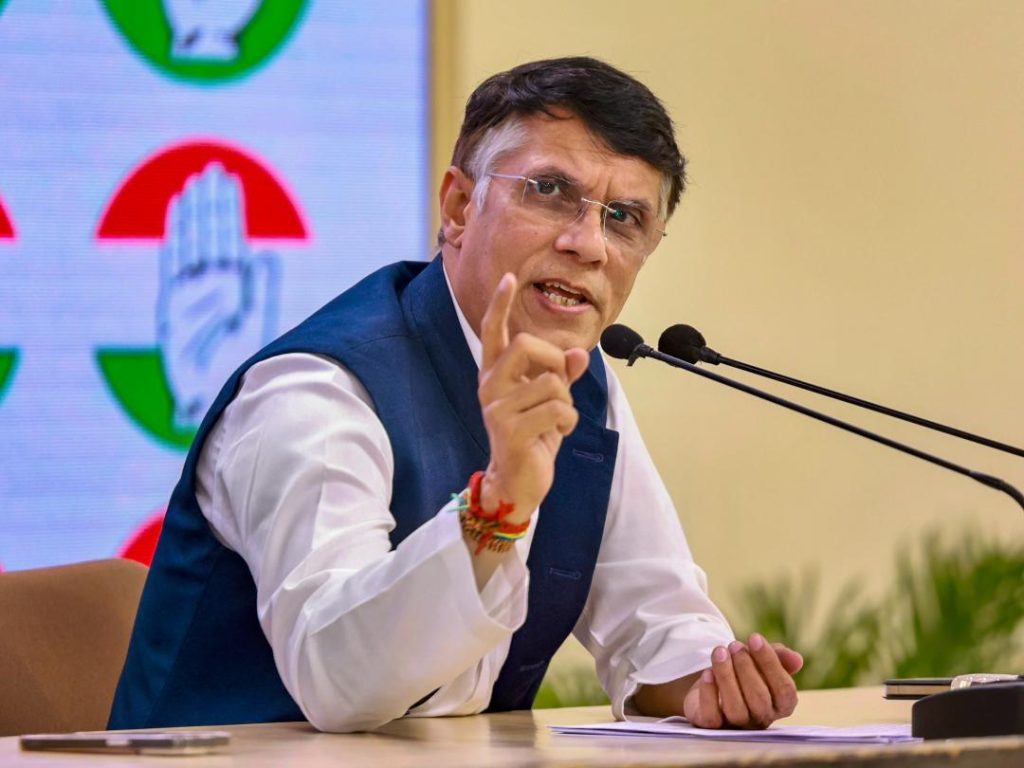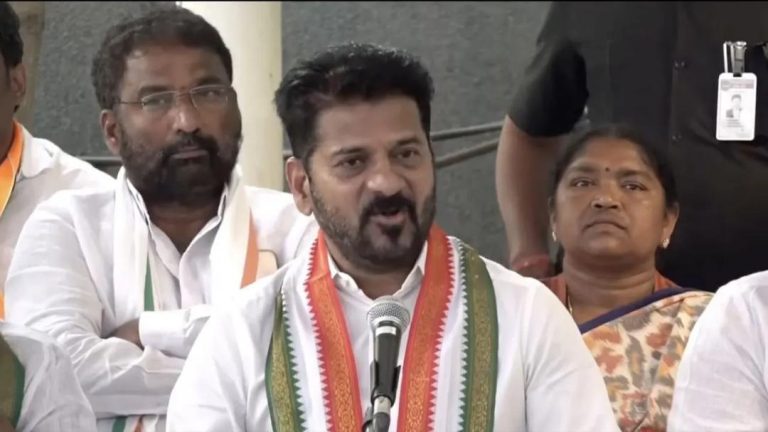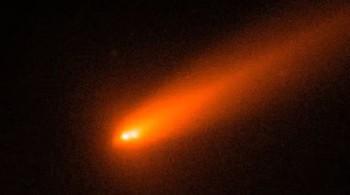
Title: Israel shares map showing J&K in Pakistan, apologises later
In a shocking gaffe, the Israel Defense Forces (IDF) recently shared a map that showed the Indian union territory of Jammu and Kashmir as part of Pakistan. The map was shared on the IDF’s official Twitter handle, and it sparked widespread outrage and disbelief among Indians.
The map, which was shared on June 14, depicted Jammu and Kashmir as part of Pakistan, with the Pakistan-Occupied Kashmir (POK) region shown as a single entity. The map also showed the Line of Control (LoC) as the border between India and Pakistan, rather than the Line of Actual Control (LAC) which is the actual border between the two countries.
The mistake was quickly picked up by Congress leader Pawan Khera, who tweeted, “Another day, another feather in Vishwaguru’s cap. His ‘friend’ shows J&K as a part of Pakistan.” Khera’s tweet was a clear reference to Prime Minister Narendra Modi’s close relationship with Israeli Prime Minister Benjamin Netanyahu, often referred to as “Vishwaguru”.
Khera’s tweet quickly went viral, with many users expressing their outrage and disbelief at the IDF’s mistake. The IDF’s apology, which came later, was met with skepticism by many, who felt that the organization should have been more careful in its depiction of international borders.
The IDF’s apology, which was issued on June 15, stated that the map was an illustration and did not depict precise borders. The organization claimed that the mistake was an error on the part of the map’s creators, and that it did not intend to cause any offense.
However, many experts and analysts have questioned the IDF’s apology, saying that the organization should have been more careful in its depiction of international borders. The mistake, they say, highlights the importance of accuracy and attention to detail, especially when it comes to sensitive issues like border disputes.
The incident has also sparked a debate about the importance of map-making and the need for accuracy in cartography. Many experts have pointed out that maps are not just visual representations of geographical boundaries, but also convey important information about politics, culture, and history.
The IDF’s mistake is not the first time that a map has caused controversy. Maps have been a source of tension and conflict throughout history, with many examples of maps being used to justify territorial claims or to manipulate public opinion.
One example of this is the disputed territories of the Middle East, where maps have been used to justify the existence of Israel and the legitimacy of Palestinian claims. Another example is the border dispute between India and Pakistan, where maps have been used to justify the existence of the LoC and the legitimacy of Indian claims to Kashmir.
In conclusion, the IDF’s mistake in showing Jammu and Kashmir as part of Pakistan is a clear example of the importance of accuracy and attention to detail in map-making. The incident highlights the need for cartographers and map-makers to be more careful in their depiction of international borders, and the importance of maps in conveying important information about politics, culture, and history.
As the world becomes increasingly interconnected, the importance of accurate maps will only continue to grow. As we navigate the complexities of global politics and international relations, we must be able to rely on accurate maps to guide us. Anything less would be a disservice to the truth.
News Source: https://x.com/Pawankhera/status/1933549006367416545






